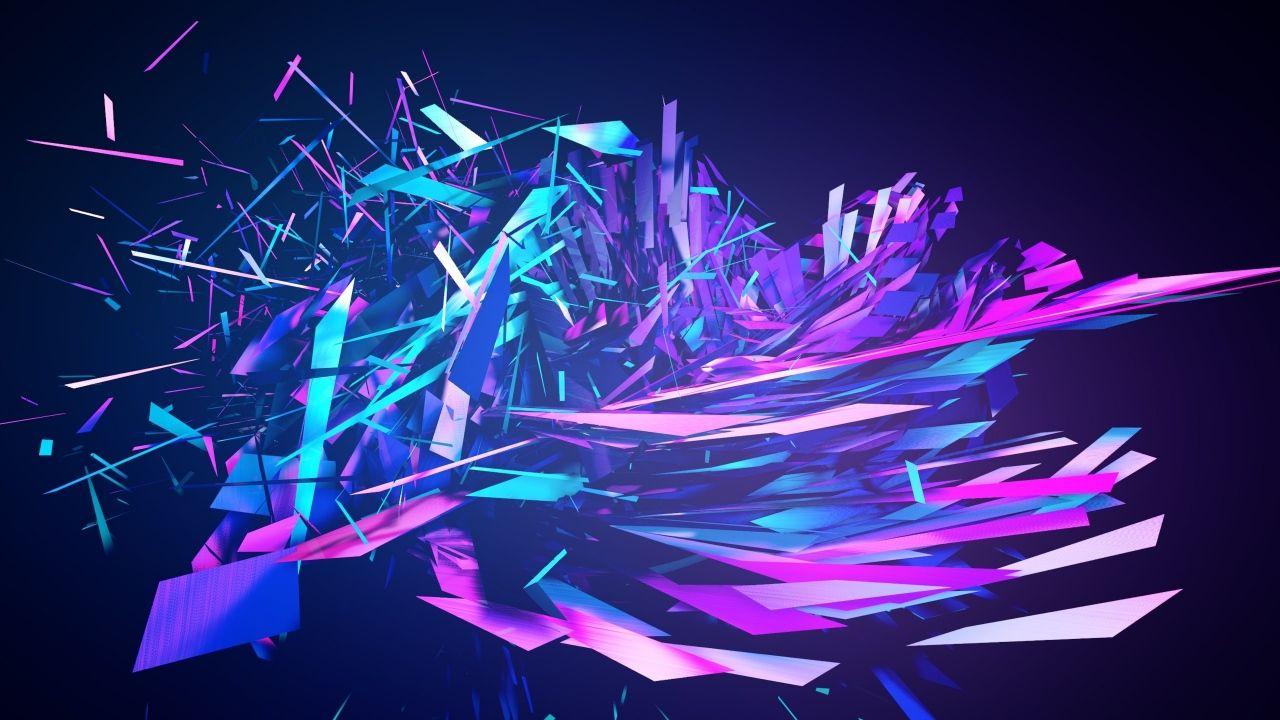The Origins of Illustrated Sequential Art
The Origins of Illustrated Sequential Art
Blog Article

Illustrated sequential art has become an essential form of storytelling, blending visual artistry with narrative depth. This unique medium encompasses various styles and genres, making it versatile and appealing to a wide range of audiences. From graphic novels to comic strips, illustrated sequential art captivates readers by using a combination of images and text to convey complex stories. As technology advances, the evolution of this art form continues to flourish, providing creators with new tools and platforms to express their visions.
The Origins of Illustrated Sequential Art
The roots of illustrated sequential art can be traced back to ancient civilizations, where storytelling was often depicted through images in caves or on the walls of temples. These early forms of narrative art laid the groundwork for what would eventually evolve into modern comics and graphic novels. The 19th century marked a significant turning point with the rise of printed materials, making illustrated storytelling more accessible to the masses. Pioneers like Rodolphe Töpffer and Winsor McCay brought forth innovations that shaped the future of comic art.
Elements of Illustrated Sequential Art
At its core, illustrated sequential art relies on several key elements to engage its audience. Panel Layout: The arrangement of panels on a page directs the reader's eye and influences the pacing of the story. Visual Style: Artists employ various styles, from realistic to abstract, to evoke emotions and set the tone. Dialogue and Captions: Text complements the visuals, providing context, character thoughts, and dialogue that drive the narrative forward.
The Role of Color and Composition
Color plays a crucial role in illustrated sequential art, enhancing the emotional impact of the story. Different color palettes can create contrasting moods, while composition guides the reader’s journey through the artwork. Artists skillfully use techniques such as framing and perspective to draw attention to pivotal moments, creating a dynamic visual experience. This interplay between color, composition, and narrative structure is what makes illustrated sequential art a powerful storytelling medium.
The Impact of Technology on Illustrated Sequential Art
With the advent of digital tools, illustrated sequential art has transformed dramatically. Artists now have access to software that allows for intricate designs and easier distribution. Digital platforms have also given rise to webcomics, enabling creators to reach global audiences without traditional publishing constraints. The shift towards digital has democratized the art form, allowing diverse voices and stories to emerge from various cultural backgrounds.
Illustrated Sequential Art in Popular Culture
Today, illustrated sequential art is not just confined to comic book stores. It has permeated mainstream media, influencing films, television shows, and video games. Franchises like Marvel and DC Comics have expanded their narratives through cinematic universes, captivating audiences worldwide. Furthermore, illustrated sequential art has found its way into educational contexts, helping to engage students through visual learning methods.
The Future of Illustrated Sequential Art
As the landscape of storytelling continues to evolve, the future of illustrated sequential art appears bright. With advancements in augmented reality (AR) and virtual reality (VR), artists are exploring new dimensions of narrative experiences. These technologies allow for interactive storytelling, where readers can immerse themselves in the world of the story. As audiences seek more engaging content, illustrated sequential art will undoubtedly adapt and thrive in this changing environment.
In conclusion, illustrated sequential art remains a vital and evolving medium that bridges the gap between visual art and narrative storytelling. Its rich history, coupled with the endless possibilities presented by technology, ensures that this art form will continue to captivate and inspire future generations. For those interested in exploring this fascinating domain, resources like Illustrated sequential art provide a wealth of information and inspiration.
Report this page